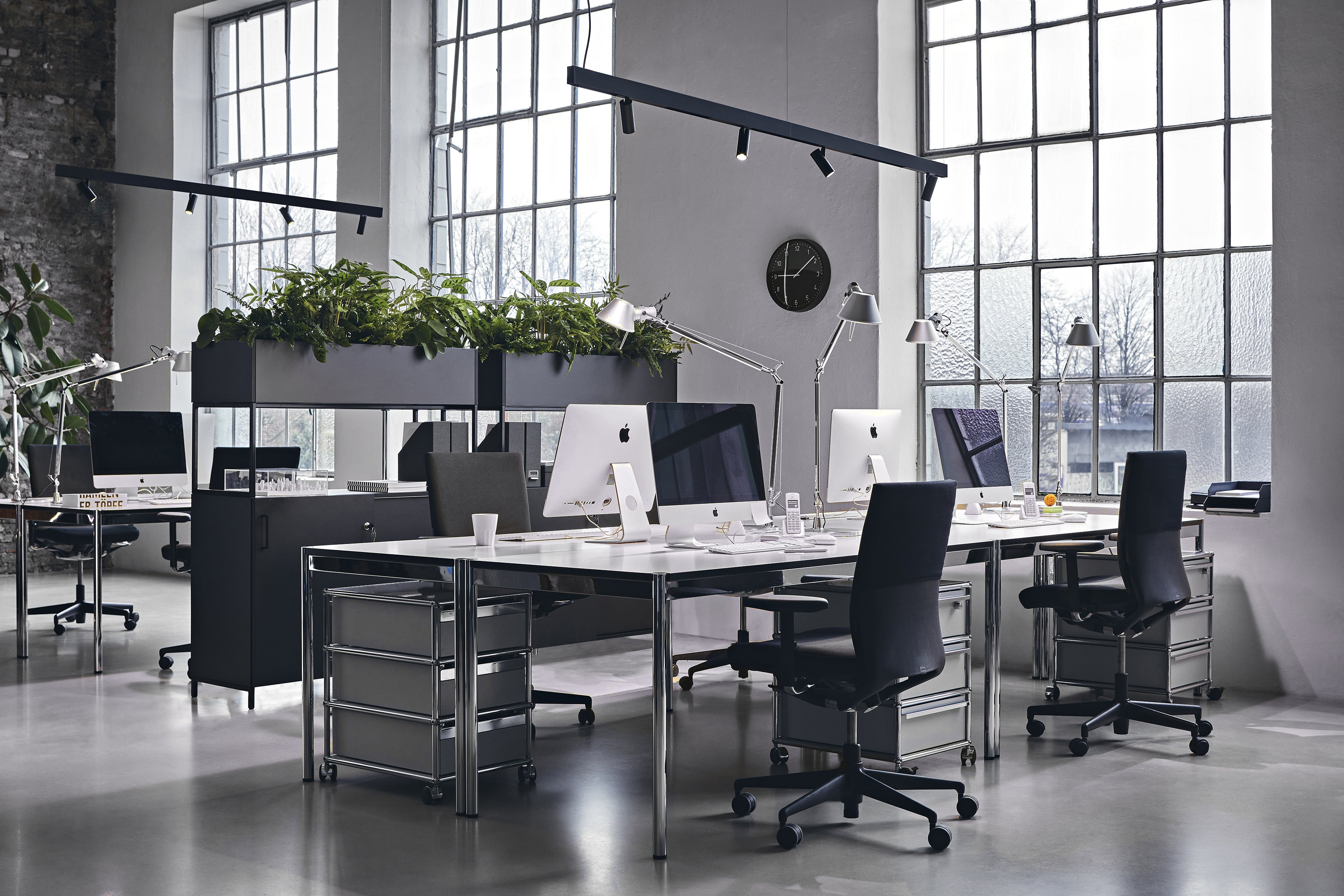

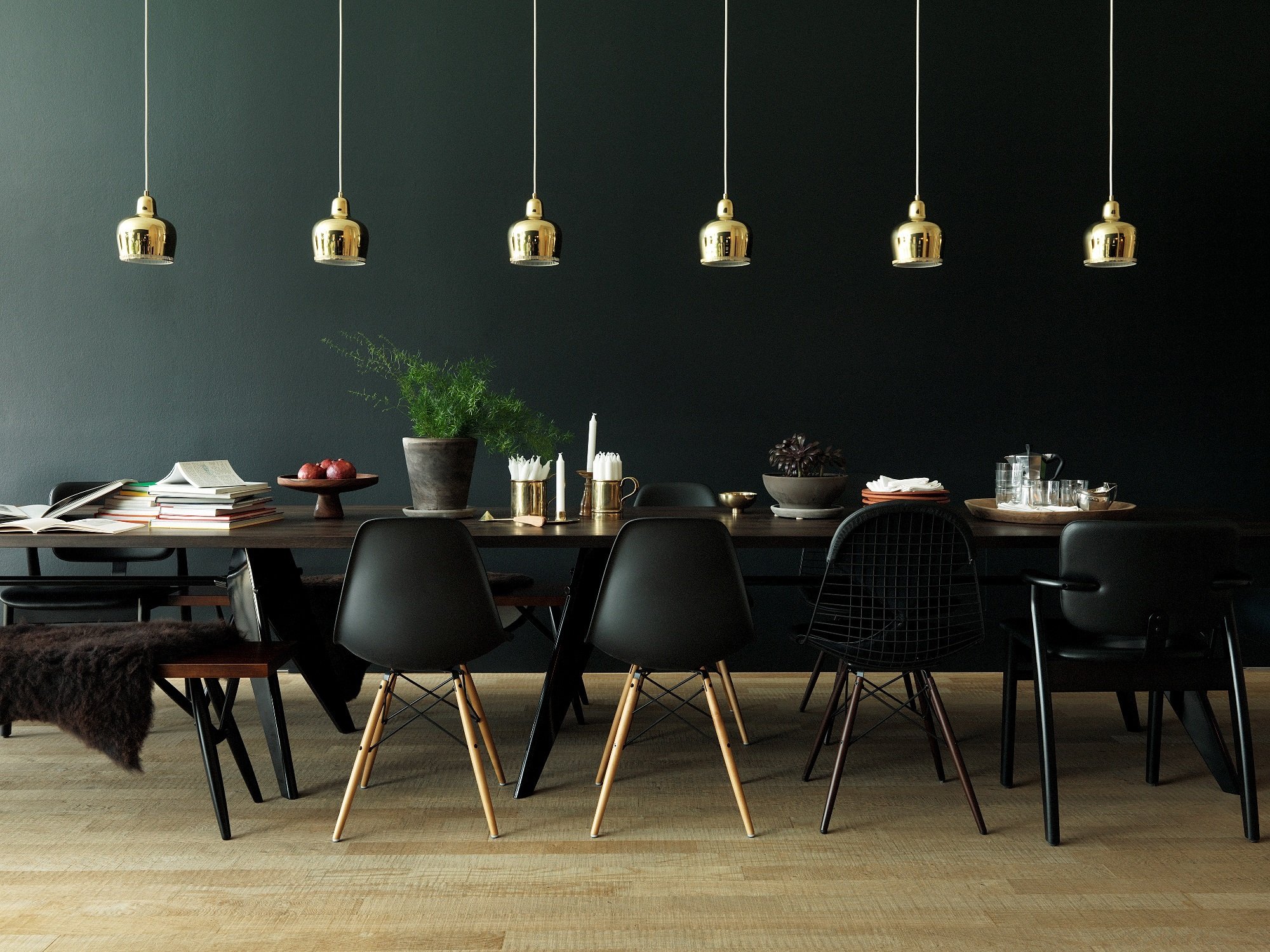
Everything you ever wanted to know about lighting! Whether illuminance, Lux number or energy label: the smow lighting ABC.
With carefully selected lamps and lighting you can effortlessly create appropriate atmospheres in, and alter the mood of, any room. In which context both the design of the lights and the illumination they emit are relevant. In addition to the correct colour temperature, lamp orientation should always be observed. Dimmers can in addition help regulate the mood. For the correct atmosphere it is always important to combine several light sources as well as employing direct and indirect lighting.
Background, or indirect lighting is becoming increasingly popular. Whether for apartments, shops or offices, hidden light sources work perfectly as part of a carefully planned room concept and create a veritable feel-good atmosphere. With indirect lighting spatial structures and portraits can be emphasized, and spatial irregularities weakened. Indirect and direct lighting work very well in interplay, and are accordingly often combined with each other: not least because if a room were illuminated exclusively indirectly, it could quickly create an ill-defined spatial impression.
The clamp light takes its name from the clamp mount via which the lamp is attached to desks, shelving, beds, railings, trees etc., etc., etc. A variability which means clamp lights can be used wherever you happen to be, both indoors and out.
The dimming of light bulbs can be used to optimally control brightness and thus the influence of a lamp on the local mood – something which is extremely practical when defining different areas of a space. And something particularly well demonstrated by , for example, the U-Turn reading light with touch dimmer by Belux, which can be turned in almost every imaginable direction. Increasingly, offices or industry are also using brightness control to save energy.
More inspiration?
An interesting YouTube video is linked from here. However, you have decided against viewing YouTube on our website. If you would like to see the video, please click here to change your settings.
Since 1st September 2013 all household lamps in Europe are required to have an energy label printed on the packaging. Mandatory since 1998 for a wide range of product groups, the energy labels are intended to generate more transparency and simplify the comparison of products. The efficiency classes apply to all light sources with directional and non-directional light and are based on a system of letters and symbols: A++ stands for a high energy efficiency and E for a low energy efficiency. Classic light bulbs are no longer produced because of their low efficiency: they only converted about 5 % of the electricity used into light.
The helically twisted tungsten filament sitting inside the traditional light bulb which transforms electricity into heat and light through resistance. Important is that the wire is well situated in a well insulated, gas-filled glass flask.
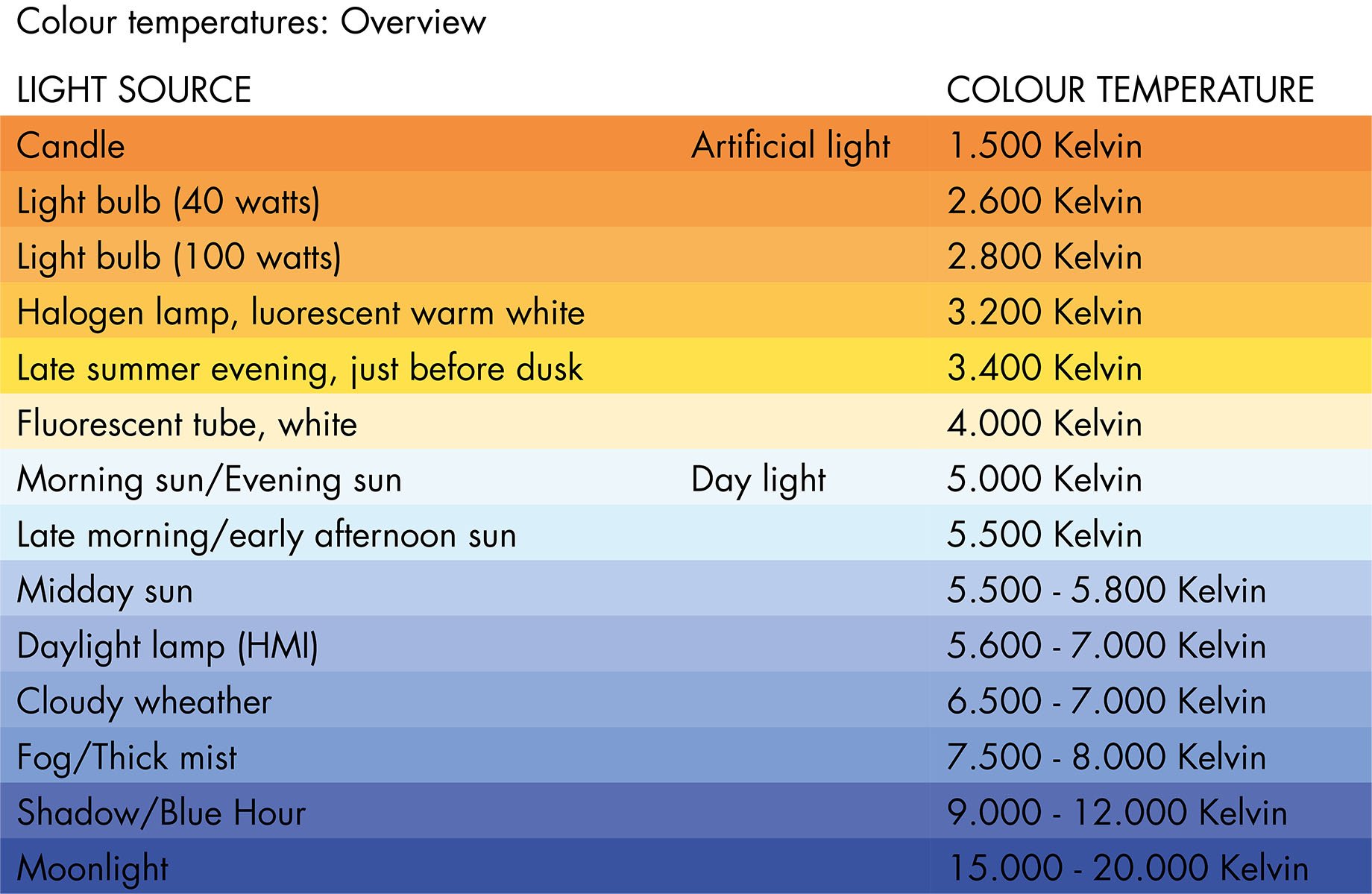
The tungsten wire twisted into a helix sits inside the incandescent lamp and transforms electricity into heat and light energy through resistance. This wire is well positioned in an insulated, gas-filled glass bulb.
Everyone has probably noticed the change in street lighting from daytime to evening operation. At an invisible signal, the streetlights in the vicinity switch on and safely light the way. Semi-night mode adds a very useful energy-saving component to the whole system. During periods of low traffic, the lamp output of a single light point is reduced; if the lamp has several light sources, two or more can be switched off to reduce the output.

Indirect lighting is becoming increasingly popular. Whether in homes, shops or offices, concealed light sources work perfectly in a carefully planned room concept and create a real feel-good atmosphere. This allows room structures and images to be deliberately highlighted, while spatial distractions can be reduced. Lighting is indirect when the light shines on ceilings or walls and is reflected into the room from there without dazzling the viewer. Indirect and direct lighting work very well in combination, which is why they are often used together. If a room were lit exclusively with indirect lighting, it could quickly create a nebulous impression.
Clamp lights owe their name to the clamping device that is mounted on the light to give it a firm hold. This device makes it possible to vary the location according to taste. They are suitable for both indoor and outdoor lighting.
More inspiration?
An interesting YouTube video is linked from here. However, you have decided against viewing YouTube on our website. If you would like to see the video, please click here to change your settings.
Lux and lumens are the key terms for measuring lighting parameters. Lux (lx) measures illuminance, i.e. how much light shines on a specific area. A classic workplace requires at least 500 lux to enable relaxed and eye-friendly working.
Luminous flux is measured in lumens (lm) and describes the output of the light source. With the advance of efficient LEDs, the lumen measurement is increasingly replacing the previously common wattage of an incandescent lamp.
To illuminate a work of art perfectly, the light should ideally strike the painting or sculpture at an angle of 30 degrees. If the angle is too steep or too flat, both the grazing light and the viewer themselves could cast a distracting shadow on the exhibit.
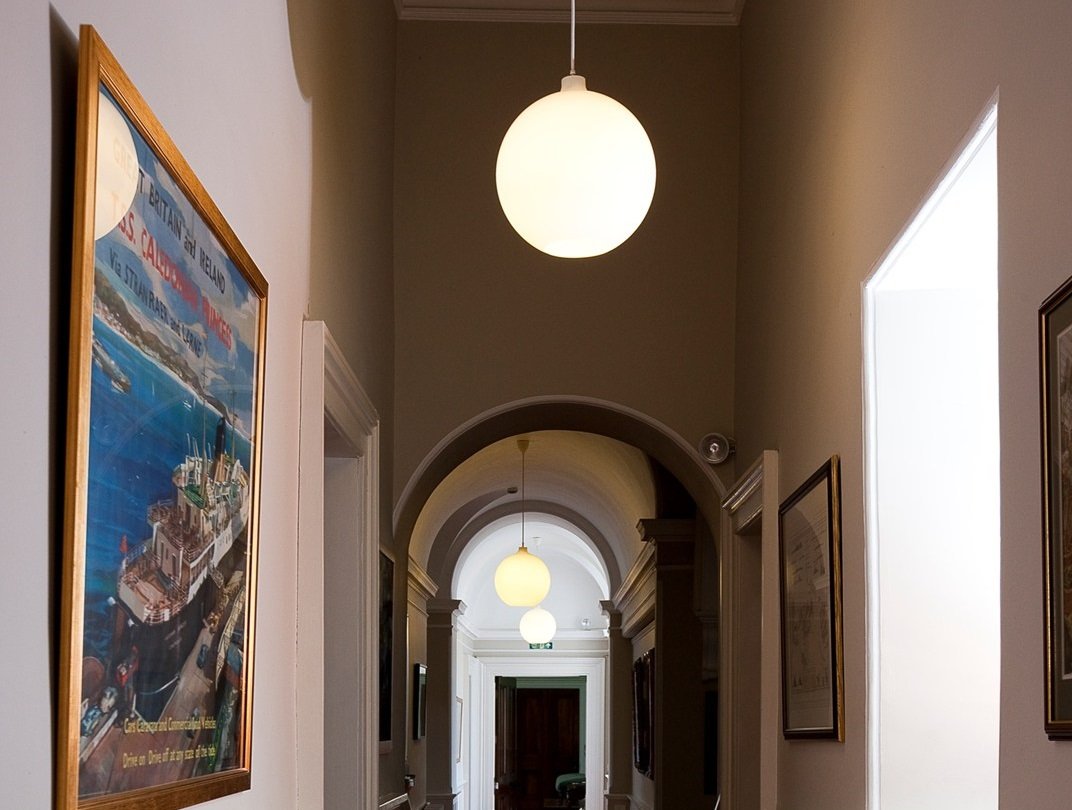
It is hard to miss them without them causing a stir – neon lamps. Who is not familiar with the relevant illuminated advertising that shines out of shop windows or adorns shopping arcades? Neon lamps are low-pressure discharge lamps and contain, among other things, the noble gas neon, which is discharged under high voltage and thus produces a bright light. Neon produces red-orange light, while other noble gases create different colours. Before the lamp bulb is filled with the appropriate gas, it can be shaped into lettering, symbols or figures during production.

As is often the case, the term directly refers to the function. Orientation and marker lights serve safety purposes and are mainly installed along corridors or stairways to indicate an escape route in dangerous situations.
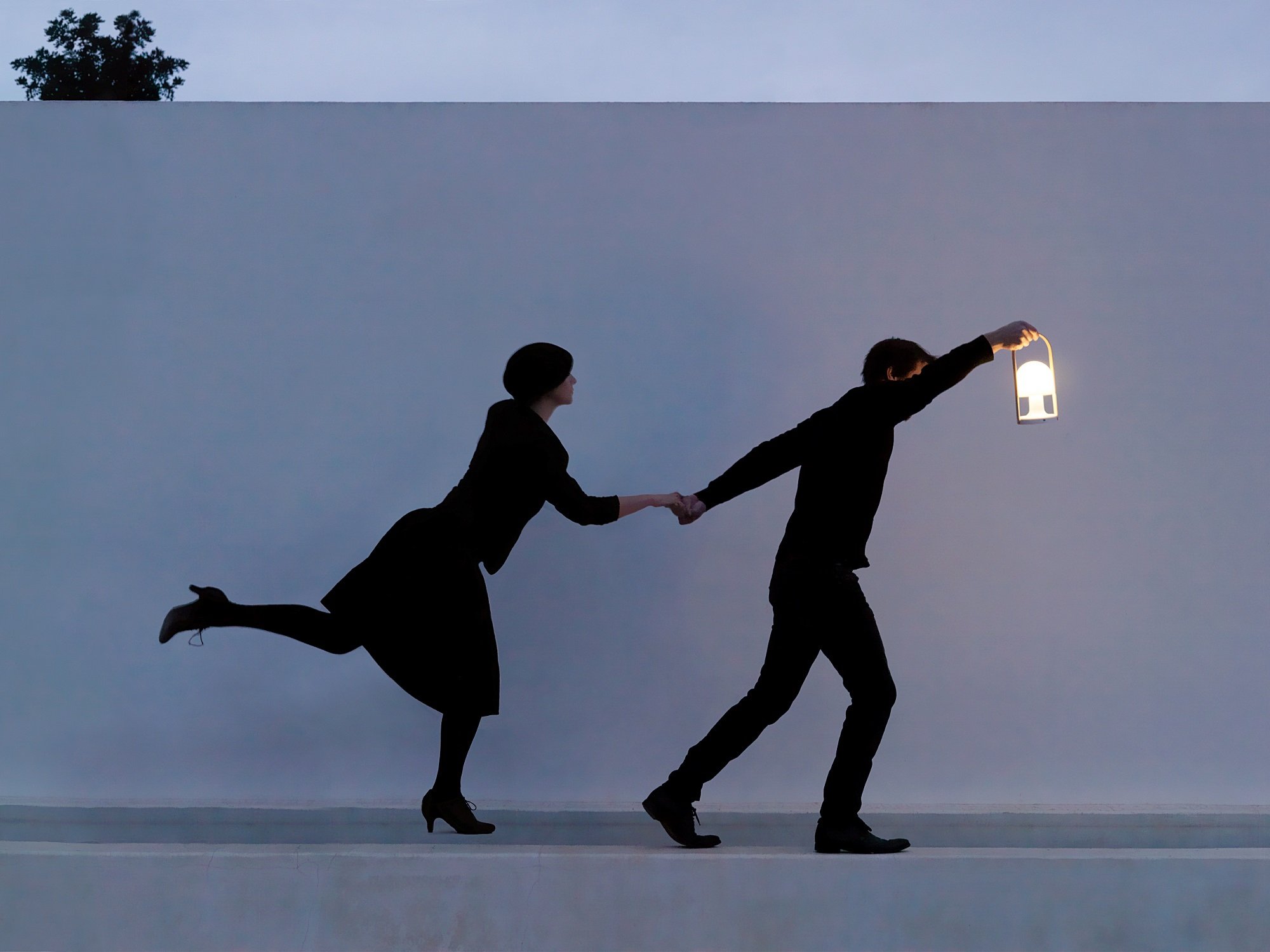
These hang from the ceiling and, unlike classic recessed or surface-mounted lights, can be mounted ‘suspended’ from the ceiling. The light fixtures usually hang from steel cables or threaded rods. Pendant lights are mainly used in dining areas, but are also ideal for office spaces or production halls (here they are usually referred to as ‘suspended lights’).

Mercury is one of the 118 known chemical elements and exists in liquid form. Commonly known as the filling for clinical thermometers, which have been banned since 2009, it is now used in energy-saving light bulbs, among other things.
These are mandatory as safety and emergency lighting for all public facilities. Probably the best-known pictogram light is the running green or white figure fleeing out the door, indicating an emergency exit. The symbols, as well as the signal colour, are subject to strict criteria and standards.
Spotlight on! Spotlights are primarily at home on the large and small theatre and show stages of the world. But they are also suitable for outdoor lighting; with the help of their beam, they can illuminate house corners or paths, for example.
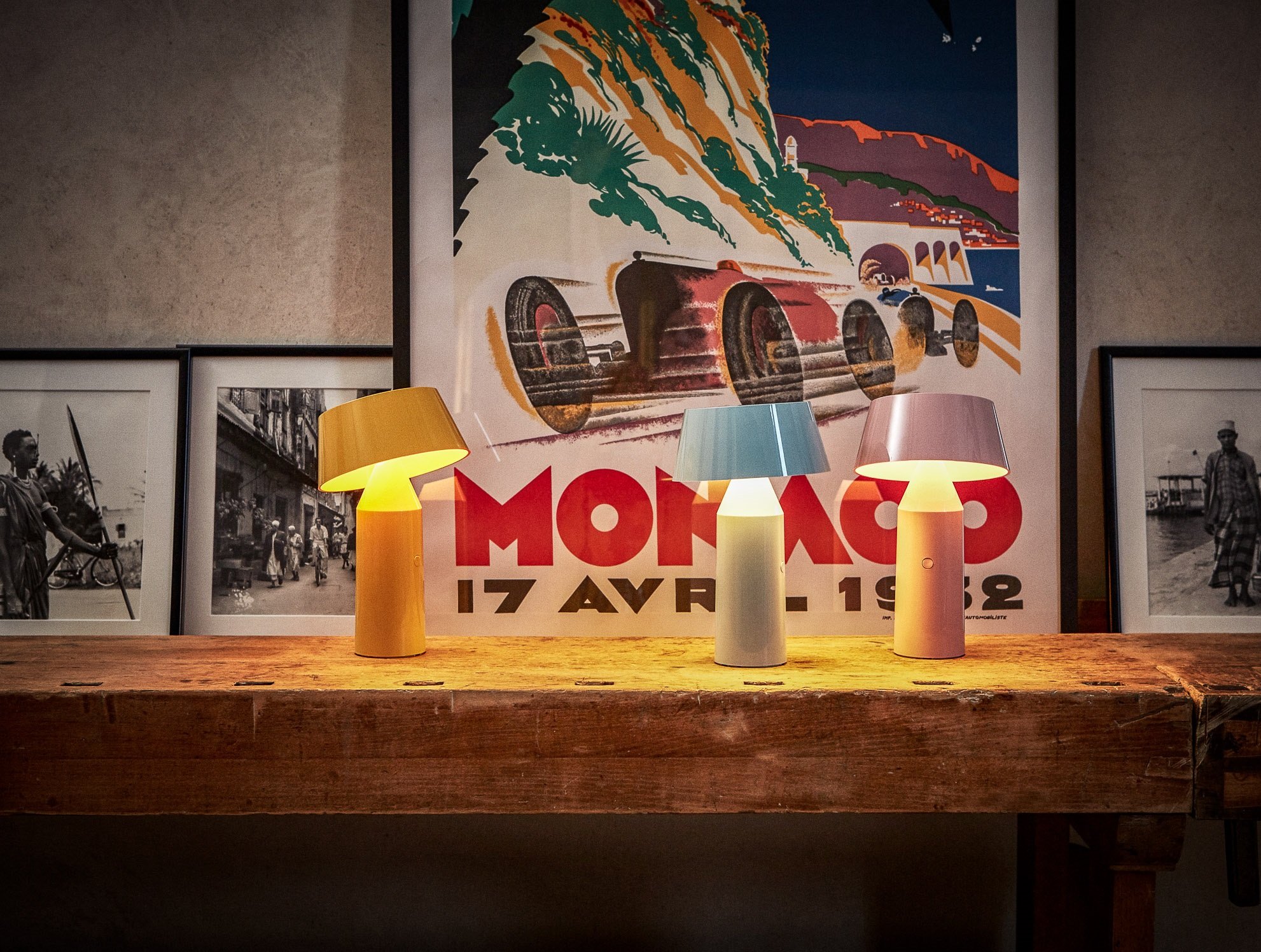
Table Lamps are a must for every workplace. These small, portable lamps find their place on (side) tables, shelves or chests of drawers. Probably the most prominent example is the Desk Lamps. Its light, directed by Shades or reflectors, usually shines downwards and to the side. Experienced and renowned manufacturers such as Artemide, Louis Poulsen and Nimbus have dedicated themselves to compact light sources and design exclusive design objects such as the Tolomeo Tavolo, the NJP table lamp and the Roxxane Office.
As their name suggests, uplights shine upwards and are used as accent lights or mood lights both indoors and outdoors. Floor lamps and wall lamps in particular use this form of indirect lighting. The atmospheric lighting effect they create is very popular in stage design, for example. But these designs are also used in ballrooms and other festive locations as well as outdoor areas.
The unit of measurement for electrical voltage used in the International System of Units is called the volt (symbol V). The volt takes its name from the Italian physicist Alessandro Volta, who made a name for himself as the inventor of the electric battery and the forefather of electrical engineering.

The range of uses for wall lamps is enormous. Whether as part of general lighting (indoors or outdoors) or to accentuate a specific element of a room, their diversity in design and function makes them truly versatile.
Thanks to creative designs, luminaires have long been used to artistically decorate rooms around the world. There are also sculptural-looking luminaires in extra-large sizes, such as the Tolomeo Mega Terra by Artemide or the Anglepoise & Paul Smith Type 75 Giant – dare to try them!
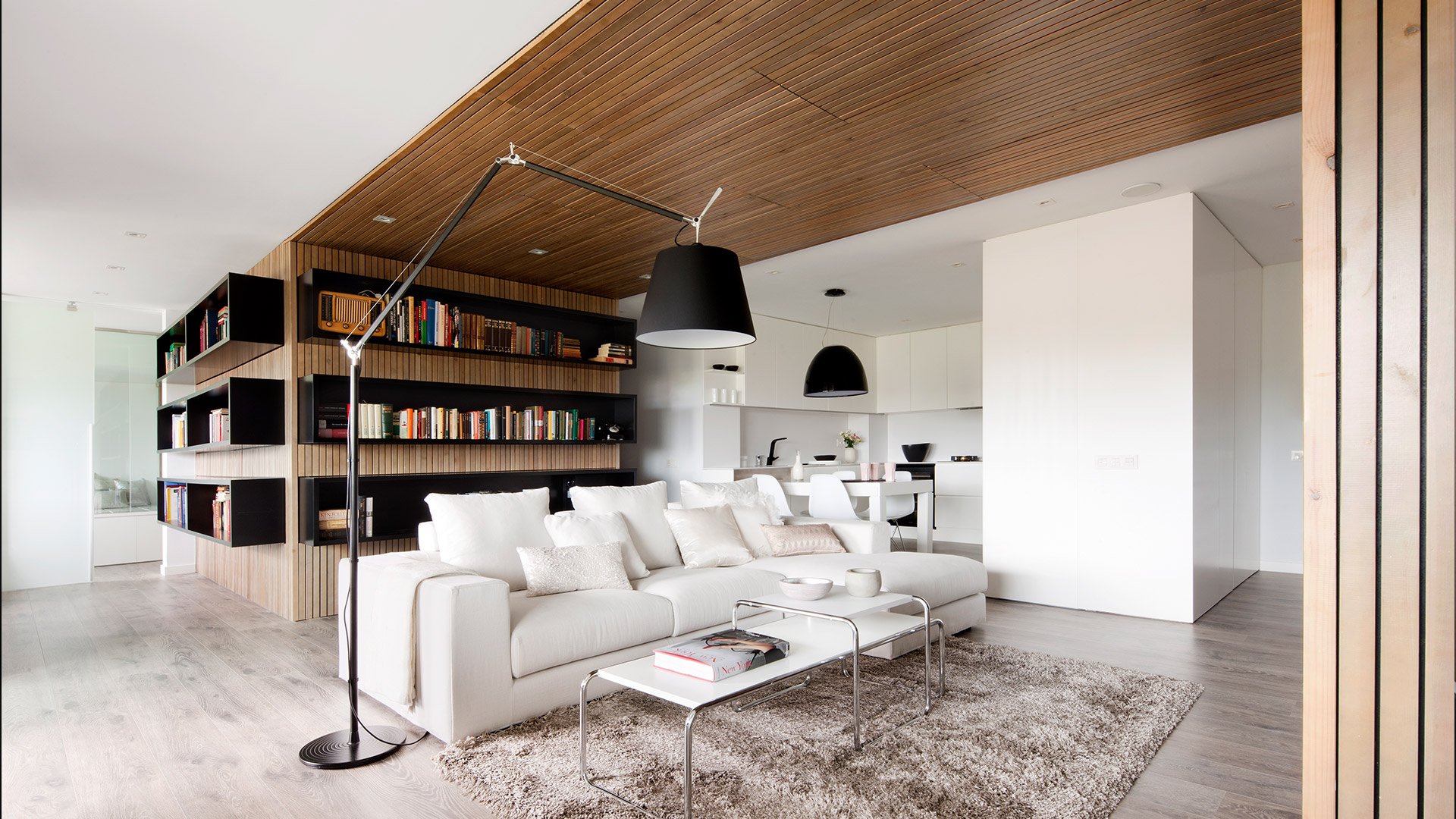
When designing the Yuh floor and table lamps for LouisPoulsen, the GamFratesi design studio was inspired by the design language of Arne Jacobsen's classic AJ lamps. The Yuh lamps provide pleasant lighting and can be individually adjusted with adjustable lampshades.
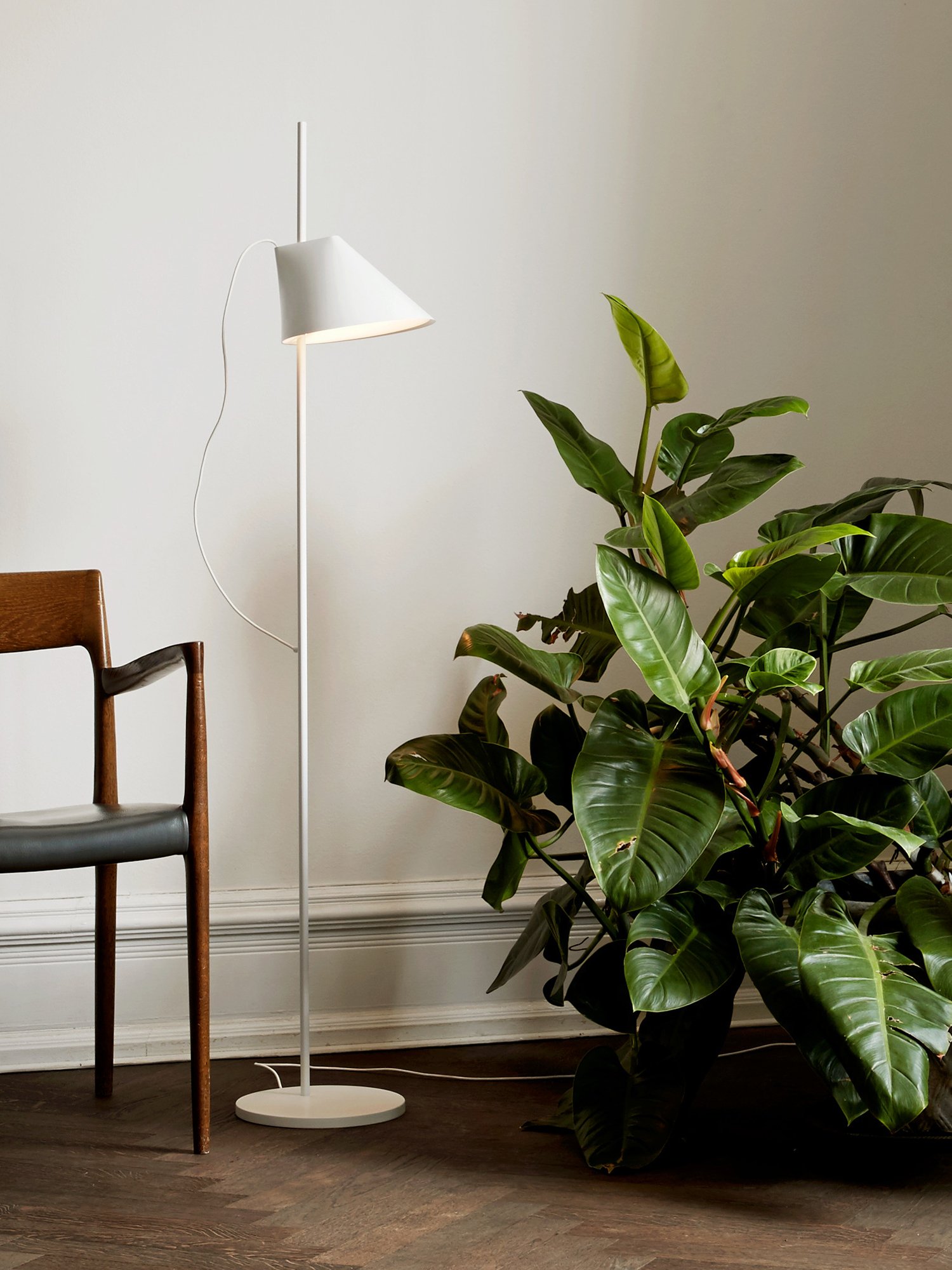
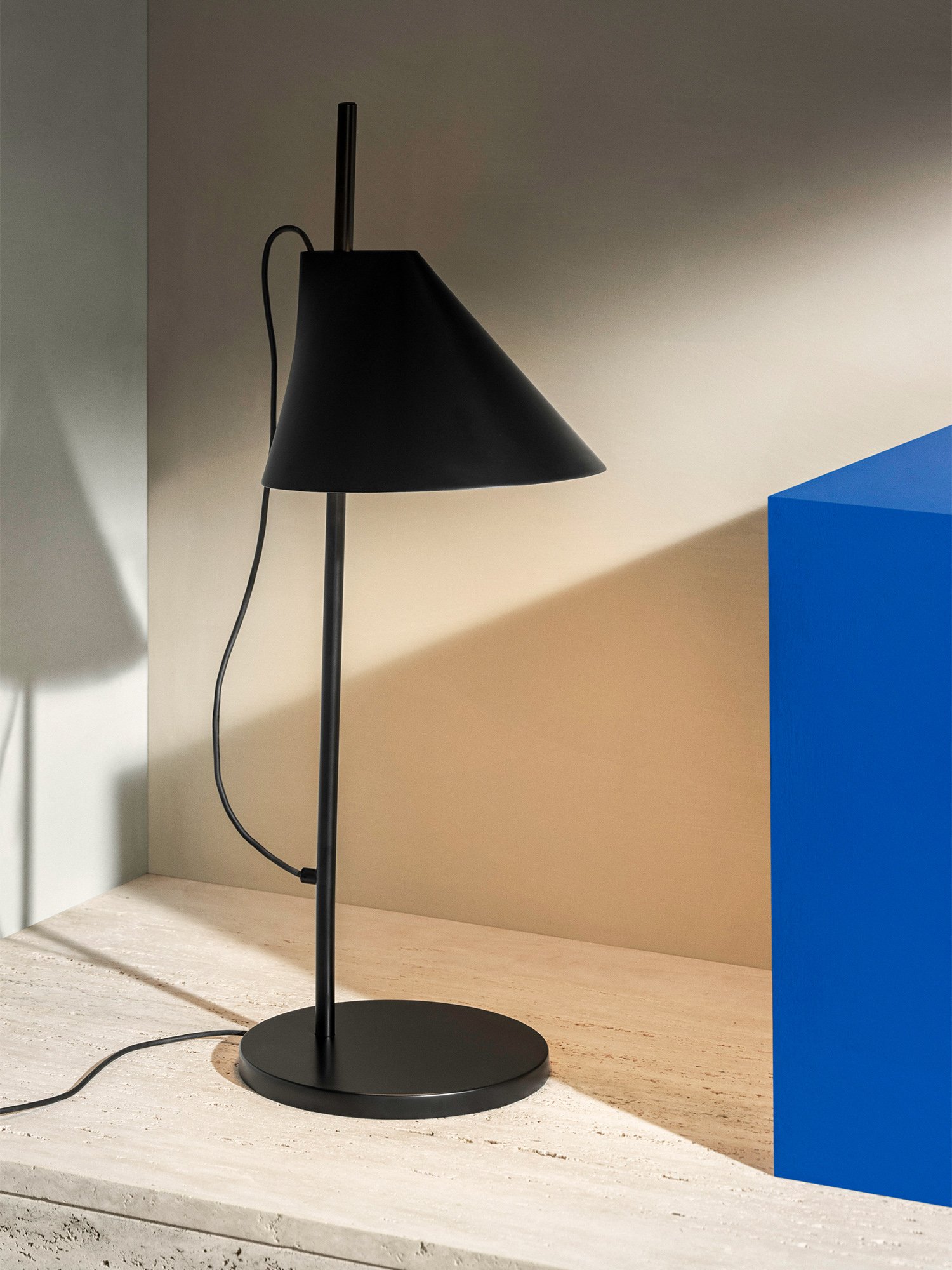
ZVEI stands for the German Electrical and Electronic Manufacturers' Association. It represents the medium-sized German electrical industry and has also set itself the goal of providing information about lighting, lighting technology and guidelines (DIN standards).
